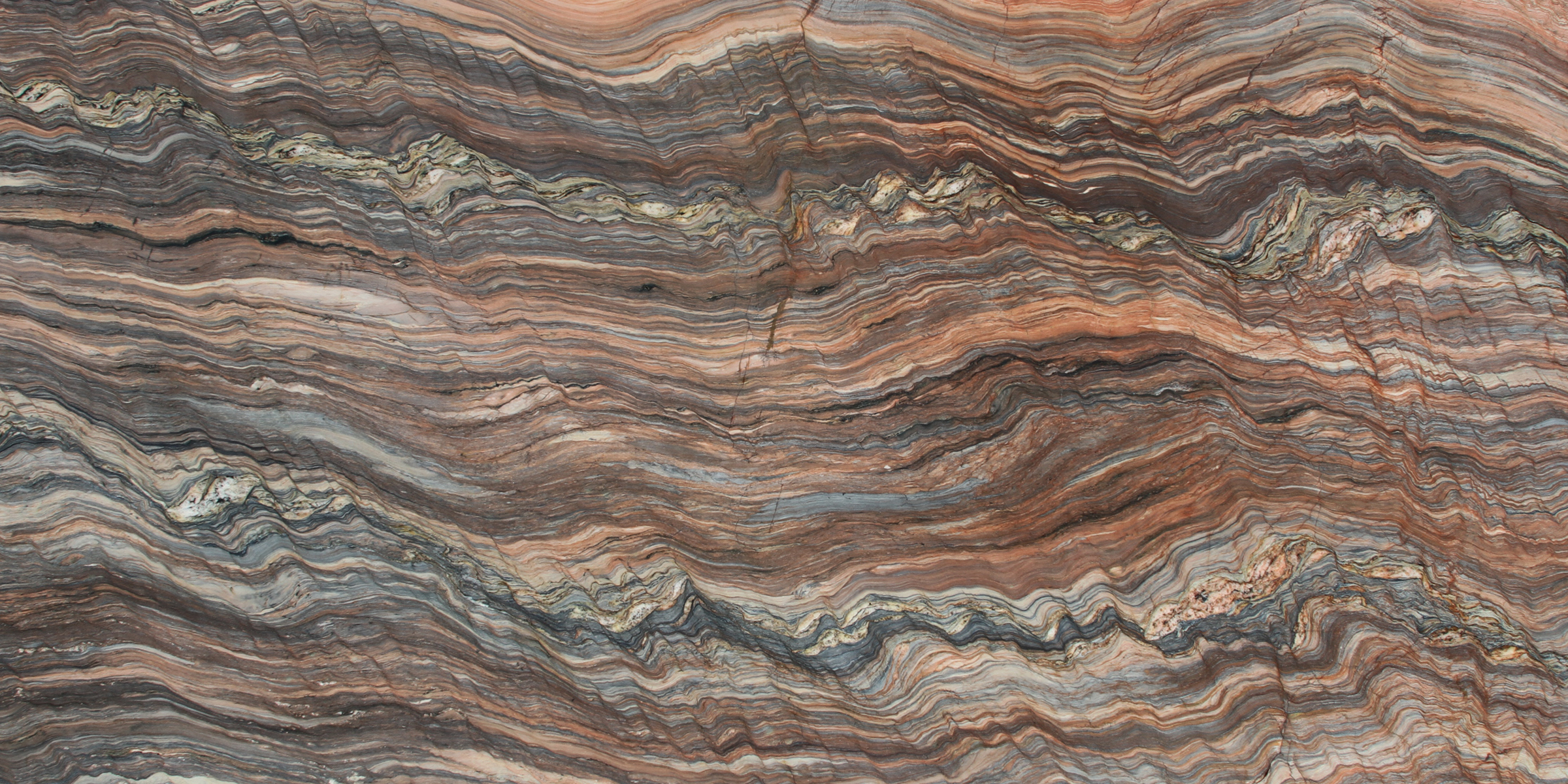Book matched slabs are a type of natural stone that are cut and arranged in such a way that the adjacent slab looks like the “mirror image” of the first. This creates a continuous and seamless pattern that is often used in design and architecture to add visual interest and texture to a space.
Book matched slabs are often used in applications such as countertops, backsplashes, and wall paneling, as well as in furniture and cabinetry. They are popular in both residential and commercial settings and can add a sophisticated and luxurious touch to any design.
The process of creating book matched slabs begins with selecting a block of natural stone or wood that has a desirable grain pattern or veining. The block is then cut into two or more slabs using a saw or other cutting tool. The slabs are then arranged in such a way that the adjacent slab is the “mirror image” of the first, with the grain or veining appearing to continue seamlessly from one slab to the next.
There are several different ways to arrange book matched slabs, depending on the type of material and the desired look. One common arrangement is to place the slabs side by side, with the grain or veining running horizontally across the surface. This creates a continuous pattern that can be used to create a cohesive look throughout a space.
Another option is to stack the slabs vertically, with the grain or veining running vertically down the surface. This can create a more dramatic and striking effect, particularly when used in a large, open space.
Book matched slabs can be made from a variety of materials, including natural stone such as marble, granite, and quartz, as well as wood and other types of engineered stone. Each material has its own unique characteristics and properties, and the choice of material will depend on the specific needs and preferences of the design project.
In conclusion, book matched slabs are a type of natural stone or wood that are cut and arranged to create a continuous and seamless pattern. They are often used in design and architecture to add visual interest and texture to a space and can be made from a variety of materials including natural stone, wood, and engineered stone.

